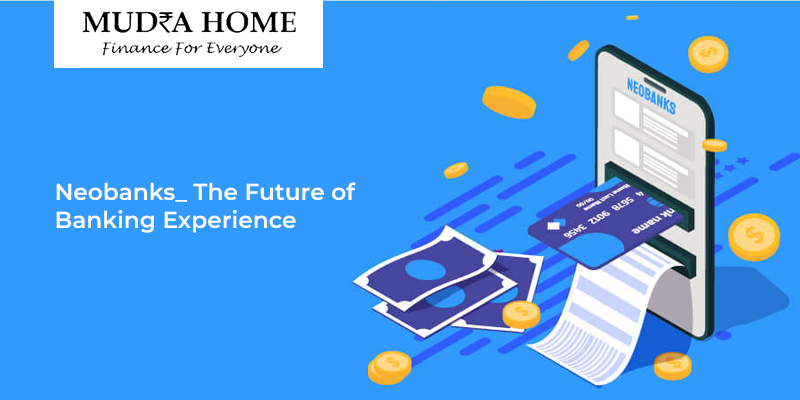
In recent years, the landscape of the banking industry has undergone a remarkable transformation with the emergence of neobanks. Neobanks, also known as digital or online-only banks, are disrupting the traditional banking model and reshaping the way we think about financial services. With their innovative approach, customer-centric focus, and cutting-edge technology, neobanks are paving the way for the future of banking experience.
Neobanks have swiftly risen to prominence, offering a fresh take on banking services that aligns with the digital age. Unlike traditional brick-and-mortar banks, neobanks operate solely in the digital realm. This approach eliminates the need for physical branches, reducing overhead costs and allowing them to pass on these savings to customers in the form of lower fees and higher interest rates. The rise of smartphones and the increasing comfort of consumers with digital transactions have further fueled the popularity of neobanks.
One of the defining characteristics of neobanks is their unwavering commitment to providing an exceptional customer experience. Traditional banks often grapple with outdated systems, complex processes, and long wait times. Neobanks, on the other hand, leverage technology to streamline operations and offer seamless, user-friendly interfaces. From account setup to day-to-day transactions, neobanks prioritize simplicity and accessibility. This customer-centric approach extends beyond user interfaces; neobanks are known for their responsive customer support, often available 24/7 through digital channels.
Neobanks are at the forefront of innovation, introducing features that cater to the evolving needs and preferences of consumers. Personalized budgeting tools, expense categorization, and real-time spending insights empower users to take control of their finances. Additionally, neobanks often provide integrations with third-party financial apps, enabling customers to manage various aspects of their financial lives in one place.
Furthermore, neobanks are capitalizing on emerging technologies such as artificial intelligence and machine learning. These technologies enhance fraud detection, risk assessment, and customer service, ultimately leading to more secure and efficient banking experiences.
One of the standout advantages of neobanks is their global accessibility. Traditional banks can be limited by geographic boundaries, making it challenging for individuals who travel frequently or have international financial needs. Neobanks, however, offer borderless banking services. Customers can open accounts and conduct transactions from virtually anywhere in the world, often with competitive foreign exchange rates. This level of accessibility is a game-changer for expatriates, digital nomads, and anyone seeking a more versatile banking solution.
While neobanks bring a myriad of benefits to the table, they are not without their challenges. Building trust in a digital-only banking model, especially among older generations accustomed to traditional banks, remains a hurdle. Additionally, the regulatory landscape can be complex, as neobanks must navigate various financial regulations and compliance requirements.
However, these challenges also present opportunities for growth and improvement. Neobanks can differentiate themselves by emphasizing data security, privacy protection, and transparent practices. Collaborations with regulators can pave the way for creating a more secure and regulated environment for digital banking services.
The future of banking undoubtedly belongs to neobanks. As they continue to evolve, we can expect to see more strategic partnerships, expanded services, and innovative technologies integrated into their offerings. Neobanks have the potential to redefine not only personal banking but also business banking, lending, and investment services.
Traditional banks are not standing still either; many are adapting by enhancing their digital offerings and user interfaces to remain competitive. This healthy competition ultimately benefits consumers, as both traditional banks and neobanks strive to provide the best possible banking experience.
In conclusion, neobanks are the driving force behind the evolution of the banking industry. With their customer-centric approach, innovative features, and global accessibility, they are reshaping the way people interact with their finances. While challenges persist, neobanks are well-poised to lead the charge into a future where banking is not just a transaction, but a seamless, personalized, and empowering experience. As consumers increasingly embrace digital solutions, the momentum behind neobanks is unlikely to wane, making them a powerful catalyst for positive change in the world of finance.